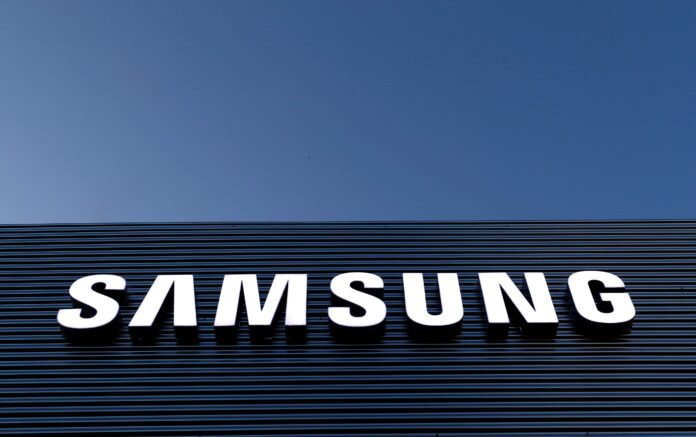Samsung Electronics was once the dominant player in a type of semiconductor known as memory, putting it in a great position to capitalise on the boom of artificial intelligence, as detailed in a report by CNBC.
But the South Korean electronics giant has now fallen behind its long-time rival SK Hynix in next-generation chips that have been key components for AI silicon leader Nvidia, the CNBC report explained further.
$126 billion has been wiped off Samsung’s market value
This resulted in Samsung’s profit dropping, around $126 billion has been wiped off its market value, according to data from S&P Capital IQ, and an executive issued a rare public apology about the company’s recent financial performance.
Memory is a critical type of chip used to store data, and it can be found in a plethora of devices from smartphones to laptops. For years, Samsung was the undeniable leader in this technology, ahead of South Korean rival SK Hynix and US competitor Micron.
But as artificial intelligence (AI) applications such as OpenAI’s ChatGPT rose in popularity, the underlying infrastructure required to train the huge models they rely on became a bigger focus. Nvidia has emerged as the top player in this space with its graphics processing units (GPUs) that have become the gold standard used by technology giants for AI training.
A crucial part of that semiconductor architecture is high-bandwidth memory or HBM. This next generation of memory involves stacking multiple dynamic random access memory (DRAM) chips, but it had a small market before the AI boom, that’s where Samsung got caught out and failed to invest, the CNBC report elaborated further.
“HBM has been a very niche product … for a long time and Samsung has not focused its resources on its development,” Kazunori Ito, director of equity research at Morningstar, told CNBC by email. “Due to the difficulty of the technology involved in stacking DRAMs and the small size of the addressable market, it was believed that the high development costs were not justified.”
SK Hynix saw this opportunity. The company aggressively launched HBM chips which were approved for use in Nvidia architecture and, in the process, the South Korean firm established a close relationship with the US giant. Nvidia’s CEO even asked the company to speed up the supply of its next-generation chip, underscoring the importance of HBM to its products.
SK Hynix posted a record quarterly operating profit in the September quarter. “With strong R&D (research and development) investments and established industry partnerships, SK Hynix maintains an edge in both HBM innovation and market penetration,” Brady Wang, associated director at Counterpoint Research, told CNBC by email.
Technology giant Samsung stated in a conversation with CNBC that, in the third quarter, total HBM sales grew more than 70 per cent quarter-on-quarter. The tech giant added that the current product known as HBM3E is in mass production and generating sales.
The South Korean tech company noted that development for its next-generation HBM4 is “underway according to plan” and that the company is targeting starting “mass production” in the second half of 2025.
Can Samsung stage a comeback?
Analysts say Samsung is falling behind competitors, particularly SK Hynix, due to underinvestment in high-bandwidth memory (HBM) and a lack of first-mover advantage. Morningstar’s Ito stated that Samsung has yet to close the HBM development gap with SK Hynix.
Samsung’s short-term recovery hinges on Nvidia’s approval, as the company must pass Nvidia’s rigorous qualification process to become a supplier. Nvidia’s approval is crucial, given its dominance in the AI chip market. A Samsung spokesperson said the company has made significant progress with HBM3E and expects to expand sales in Q4, aided by its R&D and semiconductor manufacturing strengths.


